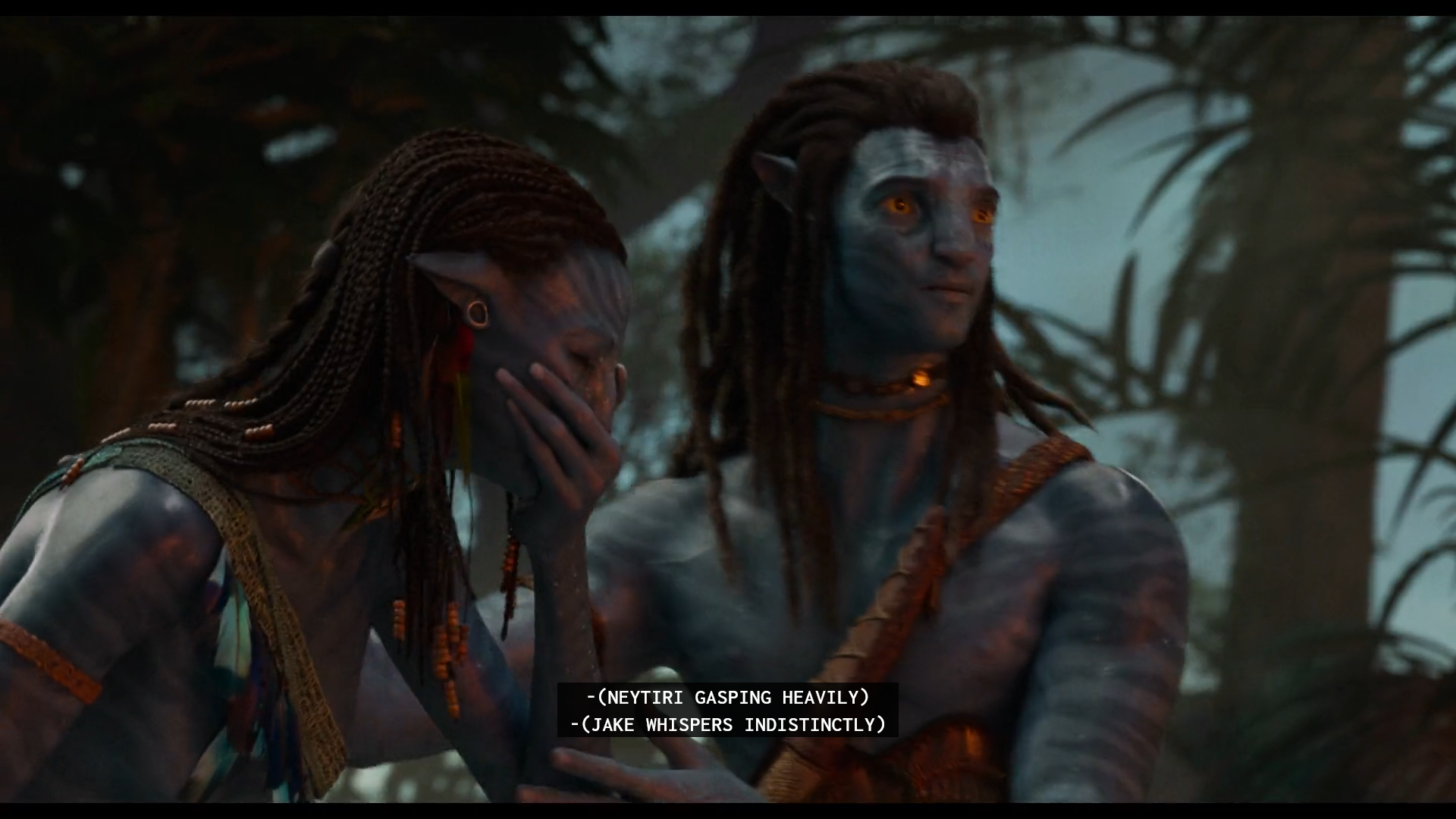Exploring Docker Through Movies
 Manjunath Irukulla
Manjunath Irukulla
Docker has revolutionized the world of software development and deployment by making application packaging and deployment more efficient and consistent. At the heart of Docker lies the concept of Docker images. In this article, we'll break down what Docker images are, how to create them, and how to use them effectively.
In this article, we are going to learn why actually we use docker.
Starting out on the path of learning new concepts can often be daunting, accompanied by a mix of hesitation and stress. As a beginner, I understand those feelings all too well. Learning something new is like stepping into the unknown, a realm we can't quite put into words.
But fear not, for this article is here to be your guiding light in the world of Docker, and we're using none other than the blockbuster movie "Avatar" to make it all click. Exciting, right? So, let's embark on this journey together!
Why Docker?
Before we delve into the realm of Docker, let's go back in time to a pre-Docker era. Consider yourself a developer on a challenging software project. On your personal desktop, your software runs without any issues, but as soon as you deploy it to a testing server or a colleague's computer, chaos comes in. You're left perplexed, wondering why the dreaded "it works on my machine" cliché keeps coming back to bother you.
This situation was a developer's worst nightmare and was all too typical. Every setting had unique features and configurations, which produced a wide range of compatibility problems and unpredictable outcomes. There had to be a more effective way to distribute and bundle software, right?
Here comes Docker, the hero who came in to put an end to these problems. Docker revolutionised how we create, distribute, and run applications. Let's examine the reasons Docker rose to the status of a shining saviour for both development and operations teams.
Issues and Fixes:
Issue:
Each developer's machine was a distinct ecosystem in the pre-Docker era. Wide variations in dependencies, libraries, and configurations produced the feared inconsistency. There were numerous hours spent debugging and troubleshooting because what worked on one system rarely worked on another.
Fix:
Separated Containers, Containers, self-contained units that encapsulate apps and all of their dependencies, were first introduced by Docker. Regardless of the setting, from a developer's computer to a production server, containers operate consistently. You may develop a containerized version of your software with Docker that runs without a hitch on any device.
Issue:
Do you recall the days when releasing an app seemed like taking a chance on Russian roulette? Even the smallest departure from the production environment may result in disastrous failures. Developers were frequently caught in a never-ending cycle of troubleshooting problems in the real world.
Fix:
The code, runtime, libraries, and settings that are required for an application to function are all contained within a Docker container. This gets rid of the "it works on my machine" issue and guarantees that whatever is deployed in production is the same as what is tested during development. Deployment is now as easy as sending a container image thanks to Docker.
Issue:
Difficulties with scalability, Scaling an application before Docker required replicating the complete virtual machine. This was time-consuming and frequently ineffective, wasting server power and creating administrative headaches.
Fix:
Effective Scaling, Docker's lightweight containers enable apps to scale with ease. You can launch several instances of a container, each with its own environment. Scaling is simple thanks to its agility, which also conserves resources.
Issues :
Several projects with competing dependencies on the same machine? Chaos. Conflicting dependencies causing applications to fail? An architect's worst fear.
Fix:
The Docker idea of "build once, run anywhere" ensures that each container is isolated and self-sufficient. On the same host, you can run different containers, each with its own dependencies and specifications. Dependency hell is over!
Explaining using Avatar!
Imagine that Docker images are like the "avatars" in the movie "Avatar". In the movie, humans use avatars to navigate and interact with the alien environment on the planet Pandora. These avatars are customized representations that allow humans to immerse themselves in a completely different world.
Similarly, Docker images are like these avatars, but for software applications. Just as an avatar contains all the necessary information for a human to exist and interact on Pandora, a Docker image contains all the essentials for a software application to run in a containerized environment.
Customization: The avatars are tailored to each individual human, carrying their appearance and characteristics. Similarly, Docker images can be customized for each application. You can add your application's code, configurations, and dependencies into a Docker image.
Portability: The avatars enable humans to easily navigate the unique environment of Pandora. Similarly, Docker images allow your application to work consistently across different environments, regardless of differences in underlying systems.
Consistency: Each avatar behaves predictably and consistently, even though it's in a new environment. Likewise, Docker images ensure that your application behaves consistently in different environments, eliminating the "it works on my machine" problem.
Efficiency: Humans in avatars can quickly jump into the action without setting up a whole new life on Pandora. Docker images allow you to swiftly launch application containers without worrying about complex setups or dependencies.
Isolation: Avatars provide a barrier between humans and the often hostile Pandora environment. Docker images create a similar level of isolation between your application and the host system, enhancing security.
Just as the avatars allow humans to interact with Pandora, Docker images allow your applications to interact with the host system through containers. Docker images package everything needed for your application to run smoothly, making software development and deployment an exciting, consistent, and efficient journey, just like the adventures in the "Avatar" movie.
In this article, we’ve learnt why we use docker and what are the challenges it solves. In the upcoming article, we learn how to build the docker file, basic commands in Docker, and so on…
“Knowledge, when kept confined, is akin to hoarding assets without investing. Over time, its value diminishes.”
Subscribe to my newsletter
Read articles from Manjunath Irukulla directly inside your inbox. Subscribe to the newsletter, and don't miss out.
Written by

Manjunath Irukulla
Manjunath Irukulla
I am a DevOps Enthusiast with Java DSA and Writing Skills